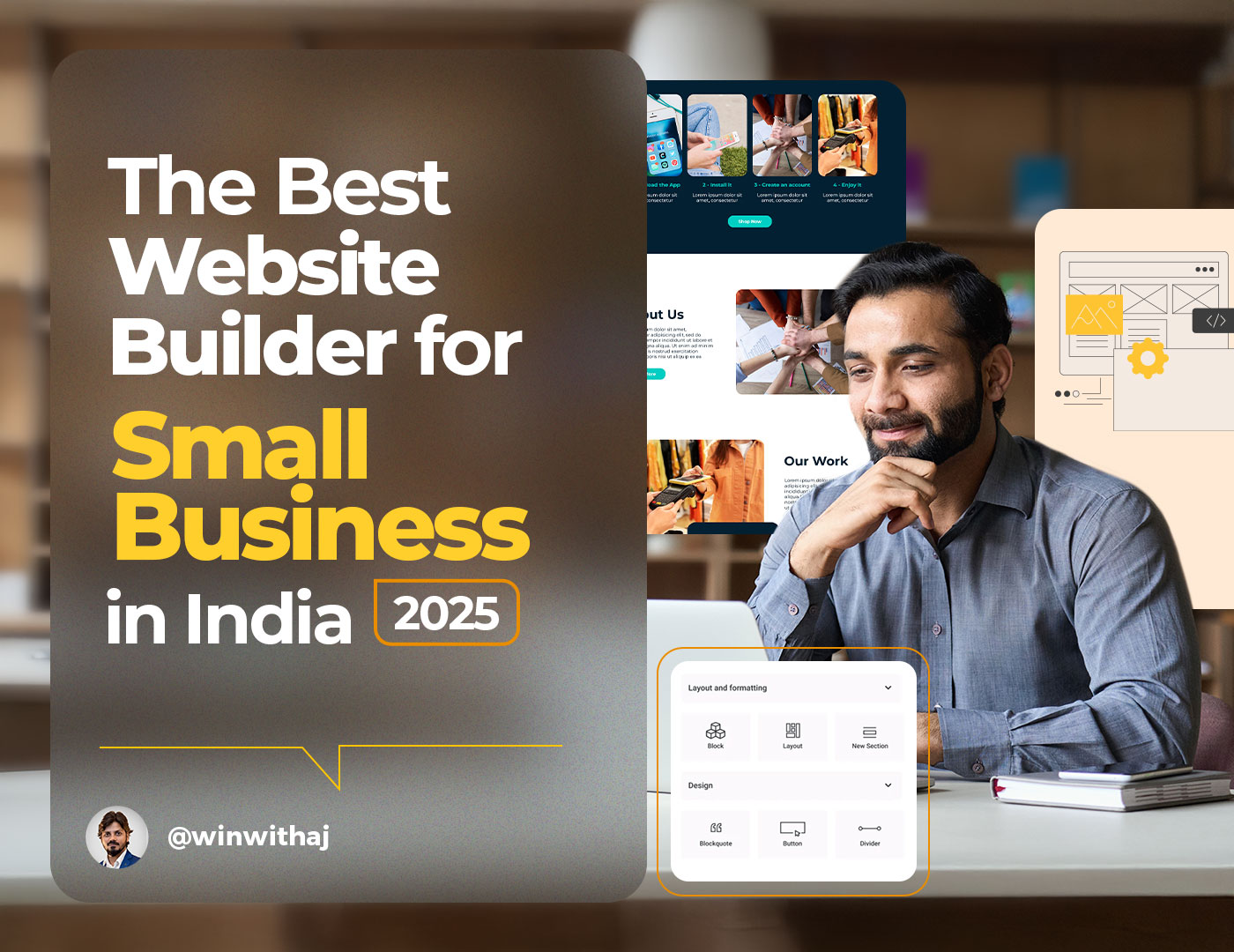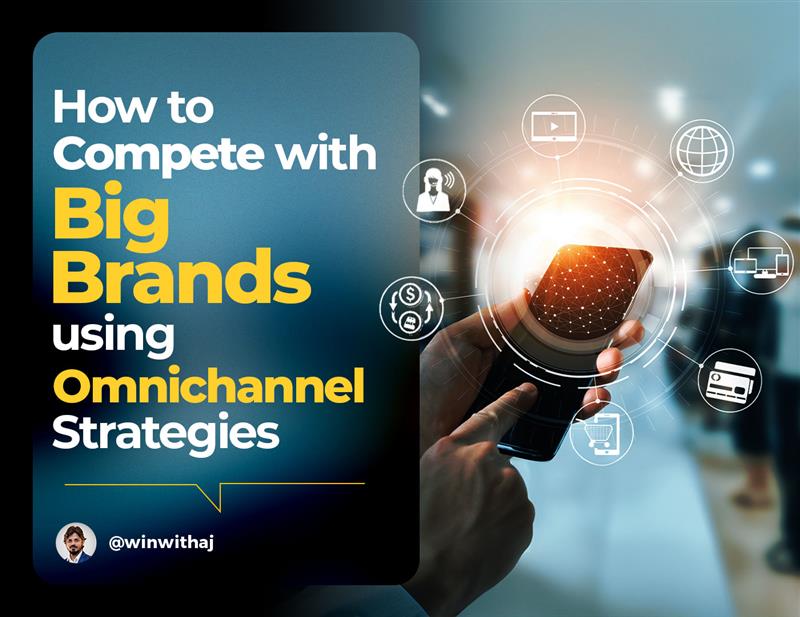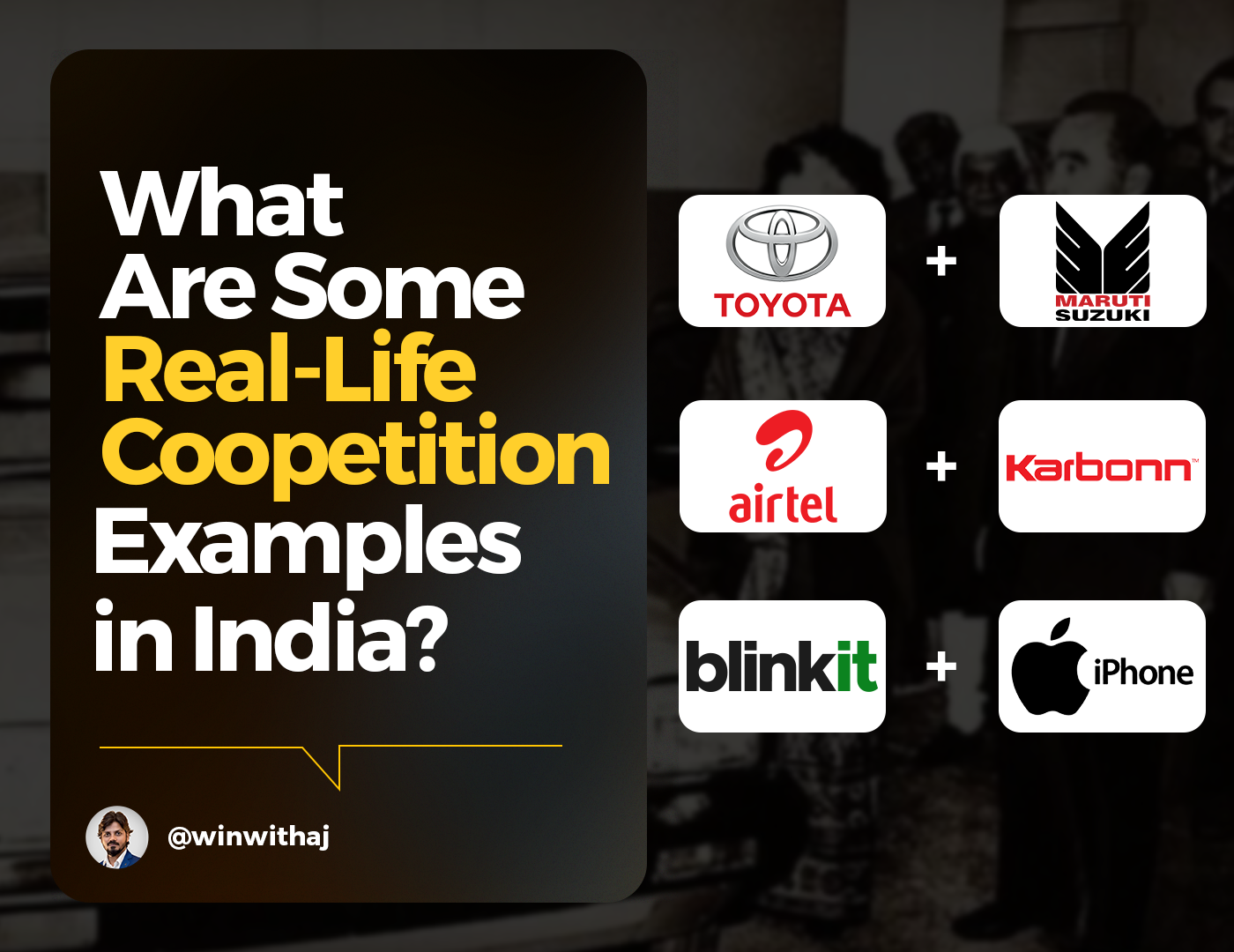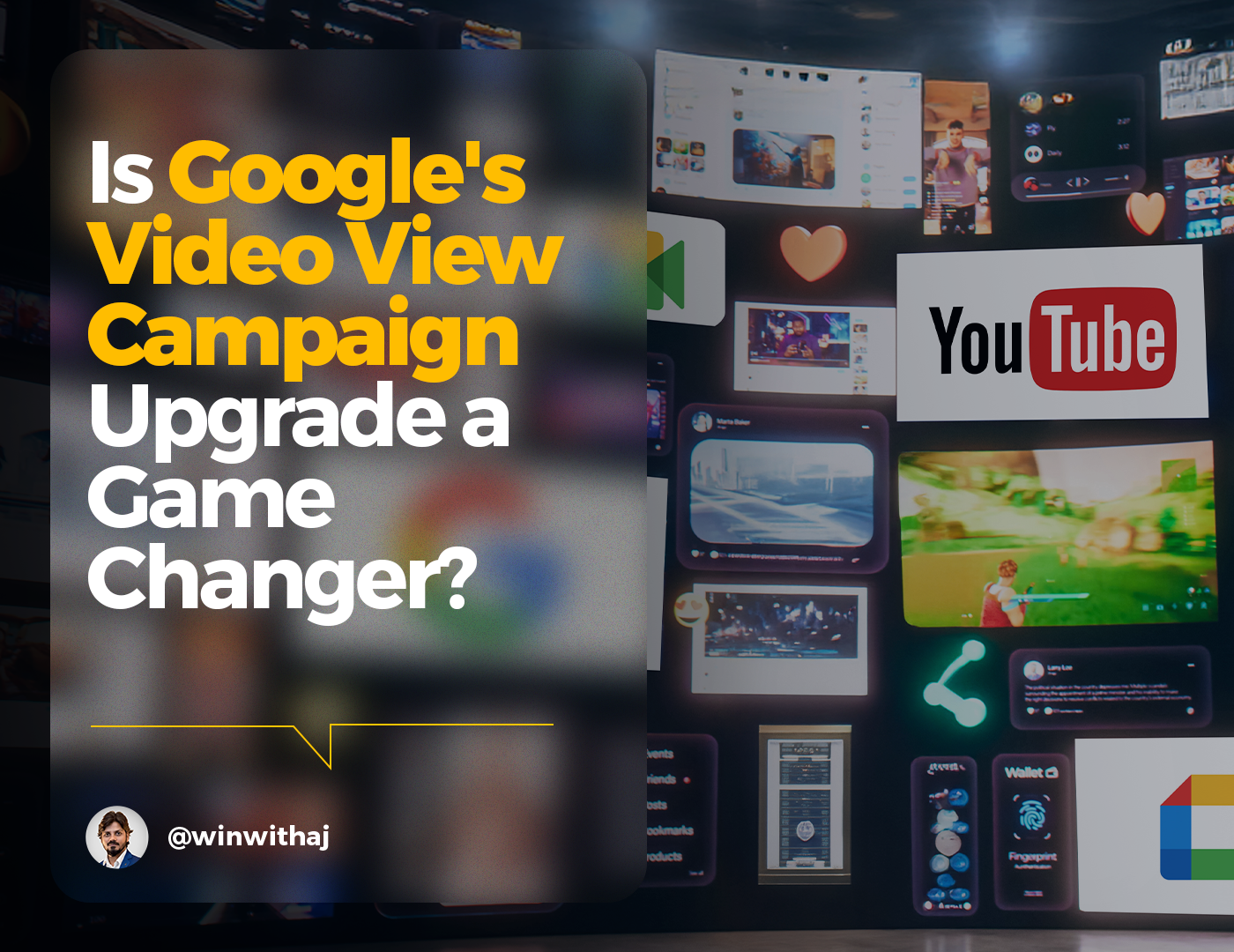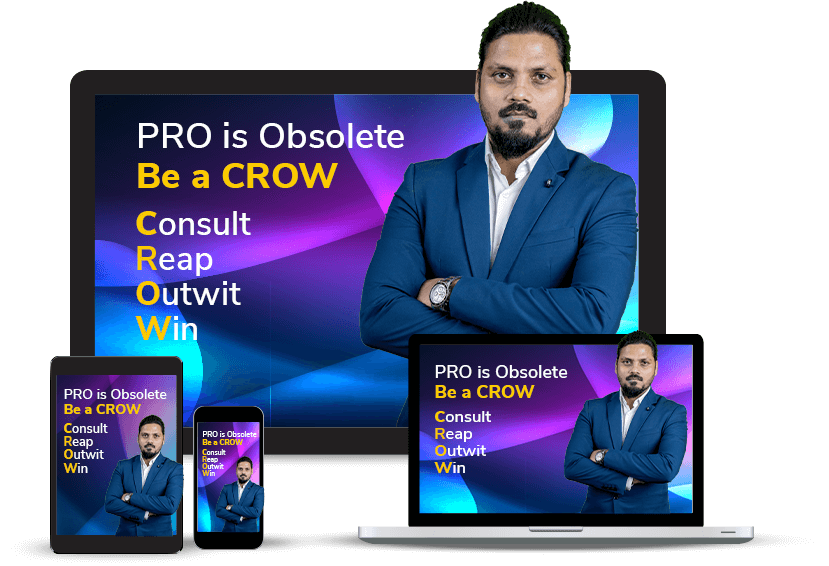
How to Master Copywriting That Captivates & Converts?
Have you ever wondered how some few words leave an impact on your brain? In a world where attention can come and go in just one blink. Copy is the only weapon to survive. Copywriting is a survival skill because that grabs attention, communicates value, and prompts action is important for any business to survive. It doesn’t matter whether you are selling a product or service, encouraging email sign-ups, or just wanting to spread your message, compelling copy is the keystone that can make or break your marketing efforts.
Don’t know how to write effective copies? No worries, this blog provides a deep dive into how you can craft persuasive and engaging copy that converts, offering actionable tips, expert insights, and strategies to captivate your audience effectively.
Understanding the Fundamentals of Copywriting
Copywriting is not only stringing words together—but it’s the art of convincing readers to take specific actions. To write compelling copy, it’s important to understand what makes content relatable to your audience.
Know Your Audience
Your copy must be altered to the needs, wants, and pain points of your audience. Research and create buyer personas that outline who your target audience is, including their demographics, interests, challenges, and motivations. Knowing your audience allows write copy as you are speaking directly to their needs, making your copy more relevant and engaging.
Pro Tip: Use language that is your target audience’s vocabulary. This creates a sense of familiarity and makes your copy relatable.
Define Your Objective
Sey a clear goal for each piece of copy —whether it’s to sell, inform, or entertain. Defining a clear objective will help you structure your content effectively and include a strong call to action (CTA) that directs readers to the next step.
Crafting Copy That Grabs Attention
Every copywriter faces a common challenge: capturing attention in a world saturated with content. Here’s how you can stand out:
Headline is Everything
An attractive headline is your foot in the door. If your audience gets attracted by the heading only you win, and if not then they are likely to scroll past.
- Use Numbers and Statistics
Headlines like “10 Strategies to Increase Sales by 50%” work well because they are specific and promise tangible value.
- Ask Questions
For example, “Struggling to Generate Leads? Here’s What You Need to Know” piques curiosity and targets a pain point.
- Promise a Benefit or Solution
Headlines should hint at the solution to a problem. “Boost Your Website Traffic in 7 Days With These Proven Tactics” clearly states the benefit of reading on.
- Expert Insight
David Ogilvy, known as the “Father of Advertising,” highlights the importance of headlines, stating that “five times as many people read the headline as the body copy.” Make your headlines count.
Hook Your Readers With the First Sentence
Once your headline gets the attention of readers, then the first sentence must maintain their attention. A powerful opening could be a shocking fact, a bold statement, or a story. For instance, if you’re writing about time management for entrepreneurs, start with: “Most entrepreneurs waste 30 hours a month on activities that don’t generate revenue.”
Engaging Storytelling That Sells
Storytelling is the best way to make your copy relatable and compelling. Here’s how you can use storytelling techniques in your copywriting:
- Start With a Problem
Identify a common problem your audience faces and build a story by attacking the problem.
- Present a Solution
Offer your product or service as the hero that solves this problem.
- Include Social Proof
Always show proof to the audience. Share customer testimonials, reviews, or statistics to show how your solution has helped others in similar situations.
By taking your audience through a journey of conflict and resolution, you create an emotional connection that makes your message memorable and persuasive.
The Art of Clarity and Brevity
Use Simple Language
Copywriting is not only about sounding smart— but also being understood. Use short sentences, avoid jargon (unless your audience uses it), and write the way your audience speaks.
- Break Up Text
Use short paragraphs, bullet points, and subheadings to make your content easy to digest.
- One Idea per Sentence
This ensures clarity and prevents overwhelming your reader.
Actionable Tip: Use the “Grammarly” or “Hemingway” app to refine your writing for simplicity and readability.
Emotion Drives Action
There are two factors in the decision-making of a person- emotional and logical. People make decisions based on emotion and later justify them with logic. To write copy that converts, tap into the emotional triggers of your audience.
Appeal to Their Desires and Pain Points
- FOMO (Fear of Missing Out)
Phrases like “limited time offer” or “only a few spots left” create urgency.
- Greed
Highlight special offers, discounts, and bonuses that add value.
- Belonging
Use inclusive language like “join our community of 10,000 entrepreneurs” to promote a sense of belonging.
By understanding what motivates your audience emotionally, you can craft messages that resonate deeply and inspire action.
Crafting Powerful Calls to Action (CTAs)
Your CTA is the climax of whether readers decide to take action or not. A strong CTA is clear, concise, and tells the reader exactly what to do next.
A/B Testing Your Copy
A/B testing, or split testing, is an important part of optimizing copy for conversions. This means creating two variations of your copy and testing which one performs better.
1. Headline Testing
Always test different headlines to see which grabs the most attention.
2. CTA Testing
Experiment with the phrasing, color, and placement of your CTAs.
3. Tone and Style Testing
Try different tones (casual vs. formal) to see what resonates best with your audience.
4. Recommended Tool
Platforms like Optimizely or Google Optimize can help you easily run A/B tests and make data-driven decisions.
Writing Copy for Different Platforms
Website Copy
- Homepage
Focus on your unique value proposition (UVP) and the benefits of your offering.
- About Page
Share your brand story, mission, and values to connect with your audience on a personal level.
- Product Pages
Use persuasive, benefit-driven language to describe your product, include high-quality images, and add compelling CTAs.
Email Copy
- Subject Line
This is your headline. It should be short, intriguing, and promise a benefit to entice opens.
- Body Copy
Keep it concise and to the point. Every sentence should lead the reader closer to your CTA.
- CTA Button
Use a single, clear CTA that encourages the next step, whether it’s to read an article, sign up for a webinar, or purchase a product.
Social Media Copy
Social media is often short-form, so keep your copy concise, engaging, and action-oriented.
- Facebook/Instagram
Use storytelling, emojis, and hashtags to engage and promote shares.
Use a professional tone, sharing industry insights and business-focused content.
Craft attention-grabbing tweets with a clear CTA, and make use of visuals like images or GIFs to enhance your message.
- Stat Insight
According to HubSpot, tweets with CTAs have a 35% higher conversion rate than those without.
SEO: Optimizing Copy for Search Engines
Copies aren’t just about conversion; it’s also about being found. With good SEO practices, your copy will rank higher in search engines, bringing more organic traffic to your site.
Tips for SEO Copywriting
- Keyword Research
Use tools like Ahrefs or SEMrush to identify keywords related to your topic.
- Include Keywords Naturally
Insert primary and secondary keywords naturally throughout the copy, particularly in headings, the first paragraph, and CTAs.
- Meta Descriptions and Title Tags
Optimize your meta descriptions and title tags to improve click-through rates.
Note: SEO is a long-term game, so regularly update your content to keep it fresh and relevant.
The Final Note
Copywriting is a powerful tool in any marketer’s toolkit. You can do your best in copy by simply understanding your audience, crafting attention-grabbing headlines, telling captivating stories, and optimizing for conversions, you can create copy that is not only relatable with readers but drives them to take action.
Whether you’re writing for your website, emails, or social media, applying the principles of clarity, emotional appeal, and strong CTAs will help you create compelling copy that converts.













